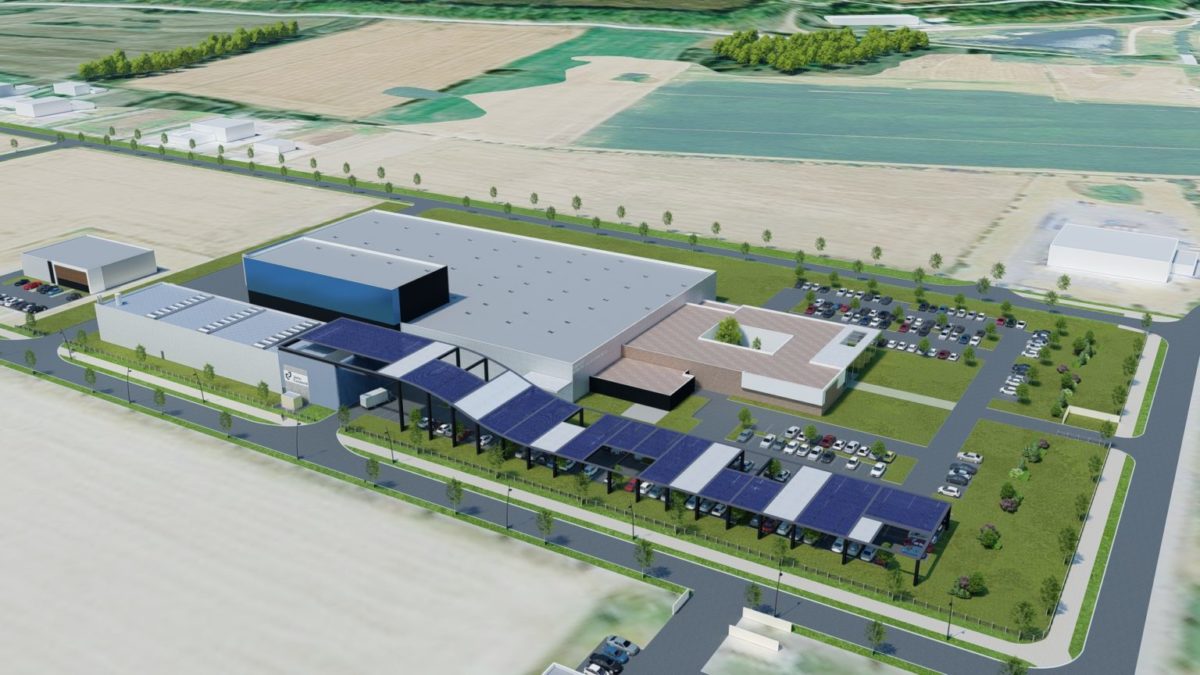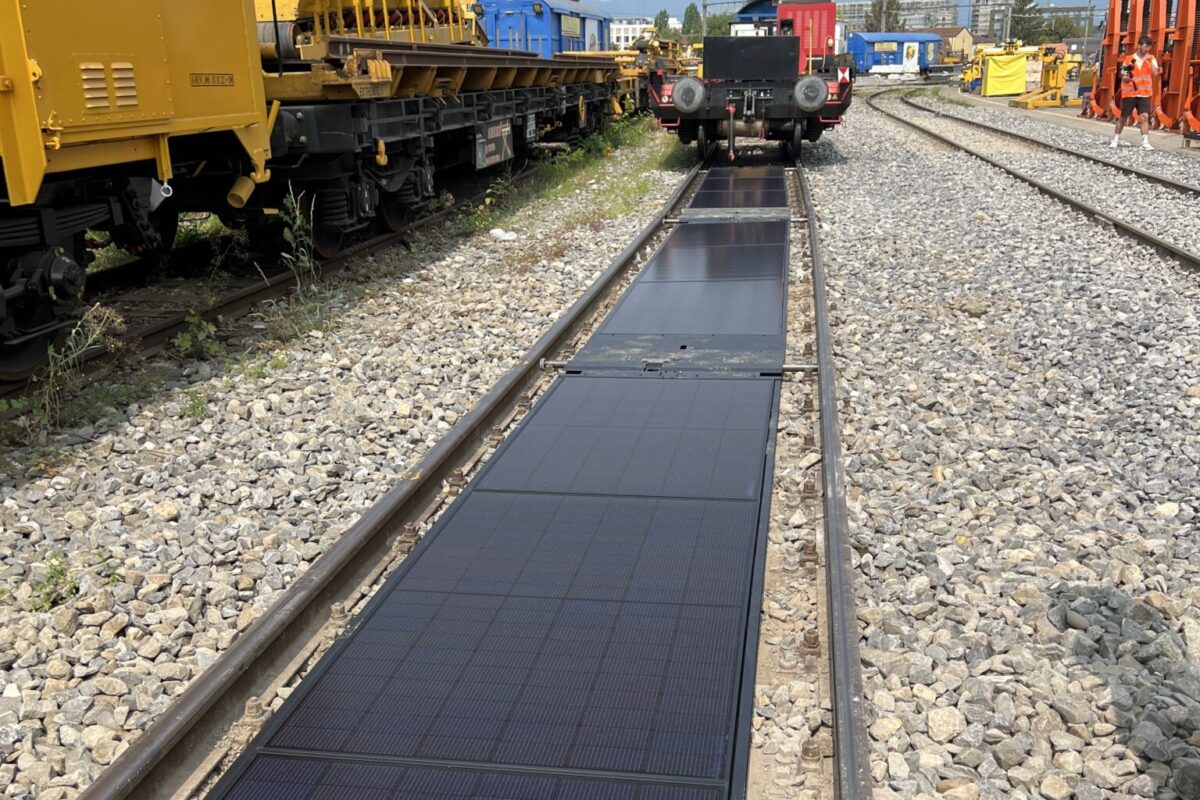Belgian mechanical engineering group John Cockerill has filed the permit applications to set up its electrolyzer gigafactory for the production of green hydrogen at its Aspach-Michelbach site, in the Haut-Rhin department in Alsace, in northeastern France. The plan includes the transformation of the Aspach site and the construction of the green hydrogen production facility. Work on the site is expected to start in the next few months so that the production of electrolyzers to produce hydrogen can begin as early as the end of next year. This plant would be the third gigafactory for the production of electrolyzers announced in France this year, after that of Genvia, in Béziers, and that of McPhy, in Belfort. The initial production capacity of the John Cockerill project stands at 200 MW of electrolyzers per year but the site is expected to increase its manufacturing capacity to reach 1 GW in 2030.
Portugal's energy corporation, Galp Energia, plans to install a 100 MW electrolyzer to power its refinery in Sines with green hydrogen by 2025, a project which could be expanded to up to 1,000 MW, chief executive Andy Brown told Reuters on Monday. The company expects a €1 billion investment for the conversion of the refinery to green hydrogen. Galp Energia told pv magazine that the investment includes the solar power generation associated with the electrolysis.
The German and Australian governments have signed a memorandum of understanding to establish a “Germany Australia Hydrogen Accord” to enable the import into Germany of sustainably produced hydrogen in relevant quantities produced in Australia. “Among other things, we will work with German-Australian ‘hydrogen hubs' to advance the production of hydrogen on an industrial scale in Australia using German technology, and explore opportunities for cooperation under our new international funding instrument H2-Global,” Peter Altmaier, federal minister of economics and technology, commented in a press release on Monday. Australia is reportedly prepared to support this cooperation from its side with substantial financial resources. Three of the main initiatives are the co-financing of the HyGate hydrogen incubator, co-financing the industrial scale production of H2 in Australia using German technology (hydrogen hubs), and cooperation on H2 trade. “Our ambition is to produce the cheapest clean hydrogen in the world, which will transform transport, mining, resources and manufacturing at home and overseas,” Australian prime minister Scott Morrison said, in a separate statement.
The German government also announced the establishment of the H2Global Foundation, a group of 16 companies. BMWi, the ministry led by Altmaier, hailed it as “another important milestone for the international market ramp-up of green hydrogen.” Through the H2Global Foundation, green hydrogen or derivatives are purchased abroad under long-term contracts and resold in Germany via annual auctions. “Long-term purchase contracts thus create planning and investment security for industry. “The BMWi supports the instrument with approximately €900 million, in order to temporarily compensate for the difference between the purchase price of the hydrogen derivatives and the sales price in Germany, thus providing an incentive for the market ramp-up,” read a note released on Monday, adding that deliveries of the hydrogen products are expected from 2024, whereas the tendering process for green hydrogen derivatives will start this year.
A new study by the European Hydrogen Backbone initiative estimates 2,300 TWh of hydrogen demand in the EU and U.K. by 2050, corresponding to 20-25% of future EU and U.K. energy demand. “This equals about 45% of EU and U.K. natural gas consumption in 2019,” read a note released by Gas for Climate on Tuesday. The group of ten European gas transport companies wrote that the total expected hydrogen demand could potentially be met by green hydrogen produced in the EU and U.K., using renewable electricity, but that will depend on a series of factors. “Producing such quantities of green hydrogen domestically is subject to public acceptance of an accelerated expansion of renewable installed capacity, financing, regulation and quality-standard setting,” read the note, adding that “hydrogen imports by pipeline can provide an attractive complement to domestic supply.” According to Hydrogen Backbone, pipelines are the most cost-efficient option for long-distance, high-volume transport, at €0.11-0.21/kg per 1,000km, out-competing transport by ship for all reasonable distances within Europe and neighboring regions.
Jaguar Land Rover is developing a prototype hydrogen fuel cell electric vehicle (FCEV) based on its Defender SUV, with testing scheduled to begin this year. “The FCEV concept is part of Jaguar Land Rover’s aim to achieve zero tailpipe emissions by 2036, and net zero carbon emissions across its supply chain, products and operations by 2039, in line with the Reimagine strategy announced last month,” read a note released on Tuesday.
This content is protected by copyright and may not be reused. If you want to cooperate with us and would like to reuse some of our content, please contact: editors@pv-magazine.com.



1 comment
By submitting this form you agree to pv magazine using your data for the purposes of publishing your comment.
Your personal data will only be disclosed or otherwise transmitted to third parties for the purposes of spam filtering or if this is necessary for technical maintenance of the website. Any other transfer to third parties will not take place unless this is justified on the basis of applicable data protection regulations or if pv magazine is legally obliged to do so.
You may revoke this consent at any time with effect for the future, in which case your personal data will be deleted immediately. Otherwise, your data will be deleted if pv magazine has processed your request or the purpose of data storage is fulfilled.
Further information on data privacy can be found in our Data Protection Policy.